Many gardeners, even those with many years of experience working in their garden plots, have never tried planting potatoes before winter. The main reason for this is the fear that the planted planting material will die during severe frosts. Indeed, this can also happen. But if you strictly adhere to certain rules during the autumn planting of potatoes, the risk of an unfavorable outcome can be minimized.
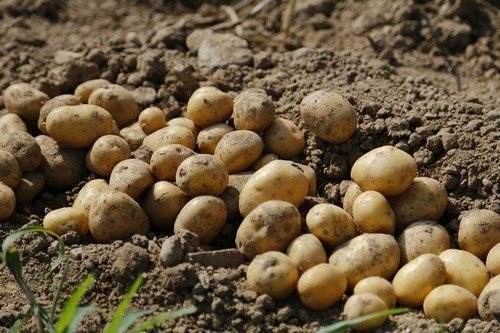
Selecting and preparing a site for winter planting
Not all regions where this vegetable can be grown without problems in the summer are also well suited for its autumn planting. This is best done in areas where in winter the fields are constantly covered with a thick layer of snow, which does not disappear during frequent thaws followed by severe frosts. After all, changeable weather can easily destroy potato tubers if the soil freezes below the planting level. Such instability of winter is typical for the south and southeast of the country, where winter planting of vegetables does not justify itself.
In regions where the climate for winter growing potatoes is favorable, the “second bread” should be planted between the end of September and the beginning of November. The best place for a winter potato plantation is a garden plot on a hill with sandy or sandy loam soil. Melt water stagnates less here, so the planted tubers will not be spoiled by excess moisture in early spring. Loam soil is also suitable.

You can also use clay soil, but since clay does not allow water to pass through well, potatoes are planted in ridges on clay soil. This, again, will protect it from getting wet and spoiling.
You cannot plant winter potatoes in a plot from which the summer harvest of the same crop was harvested. After the cleaning, quite a few of its pests probably remained here. It is better if in the new area allocated for autumn planting of potatoes, the following grew in the summer:
- cabbage;
- beans;
- peas.
Having decided on the site, you can start preparing it for planting tubers. The soil is manured, having previously been removed and treated with a disc cutter, plowed and finally, if there has been heavy rain, cultivated.
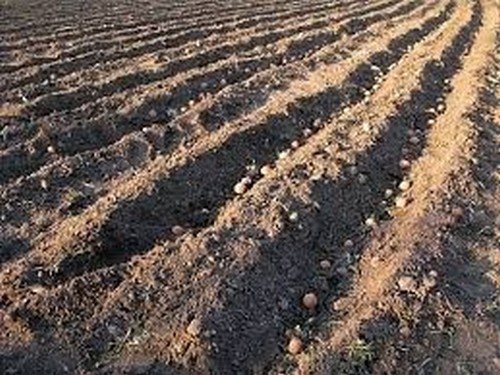
Selection and preparation of seed material
Mid-early varieties are best suited for autumn planting of potatoes. They germinate rather slowly, which reduces the risk of death of sprouted stems during spring frosts. In addition, the yield of mid-season varieties is higher than that of late varieties.
Tubers overwinter and germinate in extreme conditions, so they must be perfectly healthy and weigh at least 100-150 g. In addition, the planting material must be additionally prepared and carried out:
- landscaping;
- spraying.
These two simple methods of treating tubers will help protect them from infection by pests and diseases immediately after planting in the ground. This treatment is very important, since the resistance of tubers to diseases in cold winter soil is greatly weakened, and the potatoes may die before they even have time to sprout in the spring.
Landscaping is carried out two weeks before planting, spreading the planting material in direct sunlight. Tubers are considered ready for planting when not only the peel, but also all the pulp inside the potato acquires a green tint. To do this, they must be constantly turned over. Spraying the tubers with a mixture of pesticides against pests should be carried out 30 minutes before planting the potatoes in the holes.
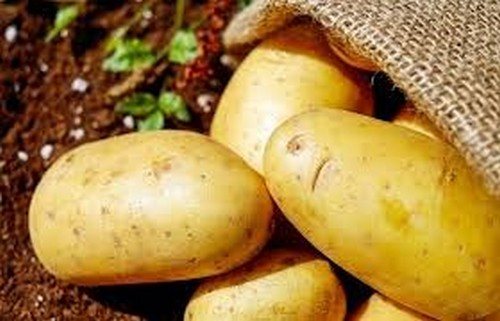
Methods for planting winter potatoes depending on the type of soil
To ensure that the tubers do not die during wintering and produce good seedlings in the spring, when planting them, you need to take into account the type of soil that prevails in the area allocated for growing potatoes. There are two main groups of soils:
- light soils;
- clay soils.
The type of soil determines how quickly and without loss potatoes will germinate when spring comes.
Light soil
Tubers are planted in light sandy, sandy loam and loamy soils with the onset of regular autumn night frosts, but when the soil is still warming up during the day. The distance between the rows should be at least 30 cm, the bushes are placed in a checkerboard pattern.
The tubers are placed at the bottom of holes or furrows 15-20 cm deep, after adding organic fertilizers and wood ash. Fresh manure cannot be used; it attracts mole crickets. If organic matter is not found, the area is fertilized with chemical fertilizers, scattering them evenly across the field or, reducing the norm by 1.5 times, adding them to the holes. After this, the soil is covered with a rake.
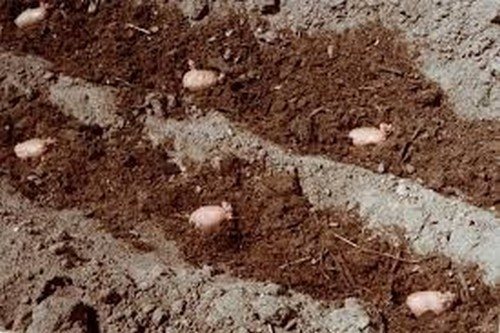
Next, the area should be mulched.Mulch will protect the ground from freezing too deeply if there is not much snow in the winter, and in the spring, its rotted parts will serve as additional fertilizer. It is better to mulch with straw; if you don’t have it, peat or humus will come in handy.
White spunbond is laid on top of the mulch. You cannot cover it with film; this can lead to plant rotting due to moisture condensation as a result of the process of decomposition of the constituent parts of the mulch. Remove the mulch with the onset of spring, when the danger of severe frosts has passed.
Clay soil
For autumn planting of potatoes in clay soil, you will need straw or hay, which needs to cover the entire area of the site with a thickness of at least 30 cm. Such a blanket can replace mulch, warming the plants underneath it.
Next, the plot must be divided into rows, maintaining a distance of 1 m between them, and 70 cm between bushes in rows. The bushes are planted in a checkerboard pattern.
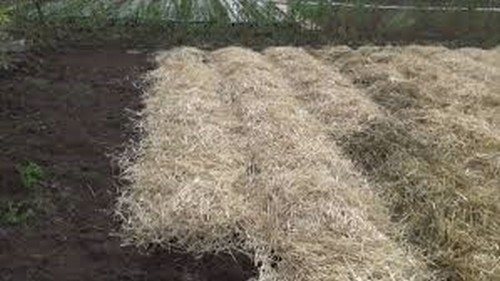
Holes for tubers are punched with a thick stake, 10 cm in diameter, to a depth of 0.3 m. Each potato is placed at the bottom of the hole between two layers of fertilizer, consisting of ash and compost mixed in equal proportions. After this, you need to seal the holes in the hay layer. They are plugged with ropes twisted from dried grass.
With this method of planting, potatoes in the spring do not need chemical treatment against late blight - the hay bacilli in the mulch will protect them from this disease. And the hay, having turned into humus over the winter, will serve as additional fertilizer.
Advantages and disadvantages of the method
Planting potatoes in the fall, in addition to its undoubted advantages, also has its disadvantages.Which of them will be more important for an amateur gardener is up to him to decide.
The advantages of the method include:
- getting an early harvest;
- no need to look for a place to store planting material;
- greater resistance to diseases and pests than summer potatoes;
- no need for hilling;
- much fewer problems with weeds.
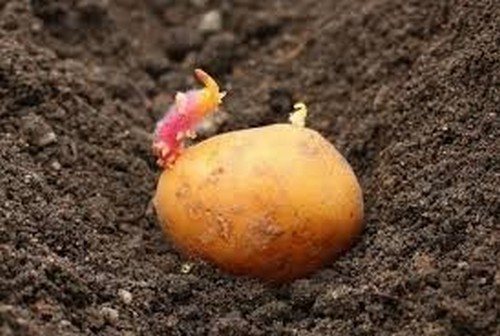
The main disadvantage of the method is the risk of freezing of tubers planted before winter during a too frosty winter with little snow. In addition:
- if there is too much moisture in the soil in winter or spring, the planted potatoes may become soaked;
- the method is less suitable for use on clay soils due to their strong compaction after winter;
- the impossibility of timely removal of material infected with pests, if this happens.
And yet, with skillful use of the winter method of planting potatoes, you can get an earlier harvest, save time and money on pest control. This is a good alternative to the traditional summer method of growing it.


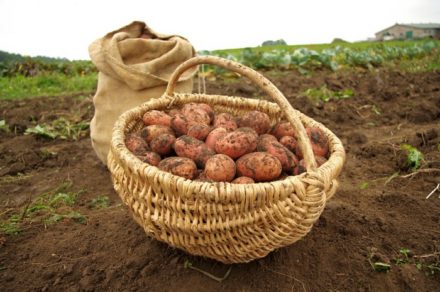
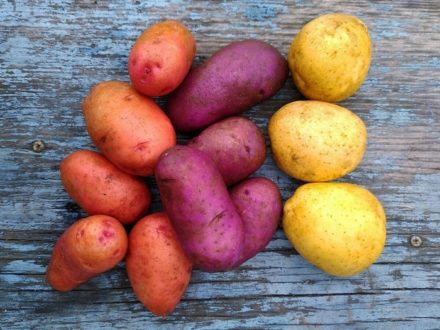
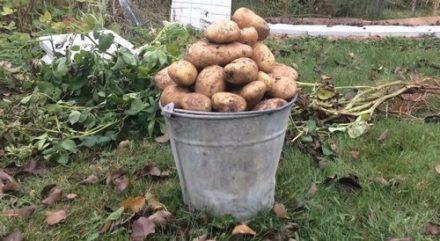
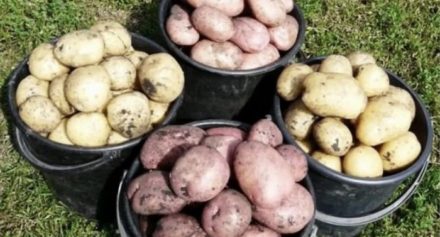
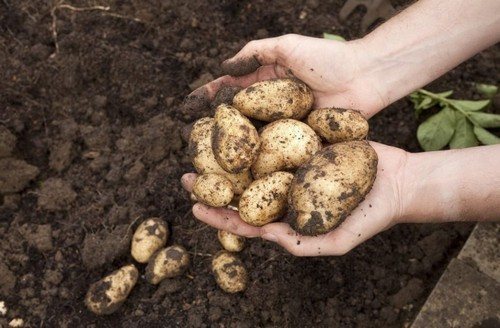

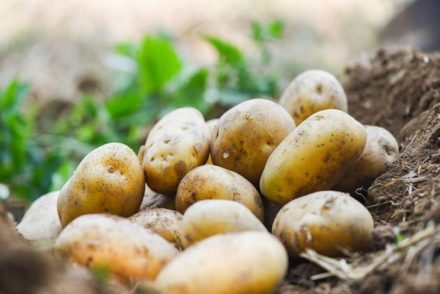
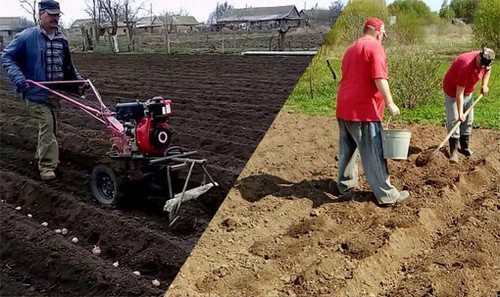

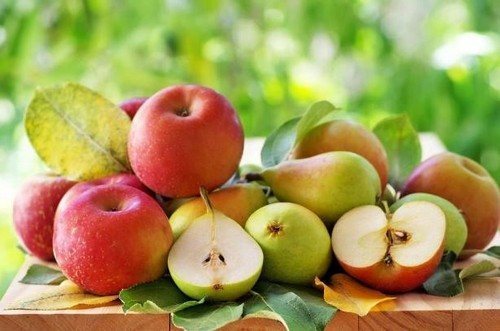

5 rules for caring for peonies in the fall